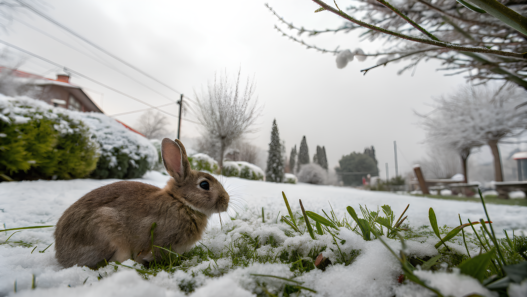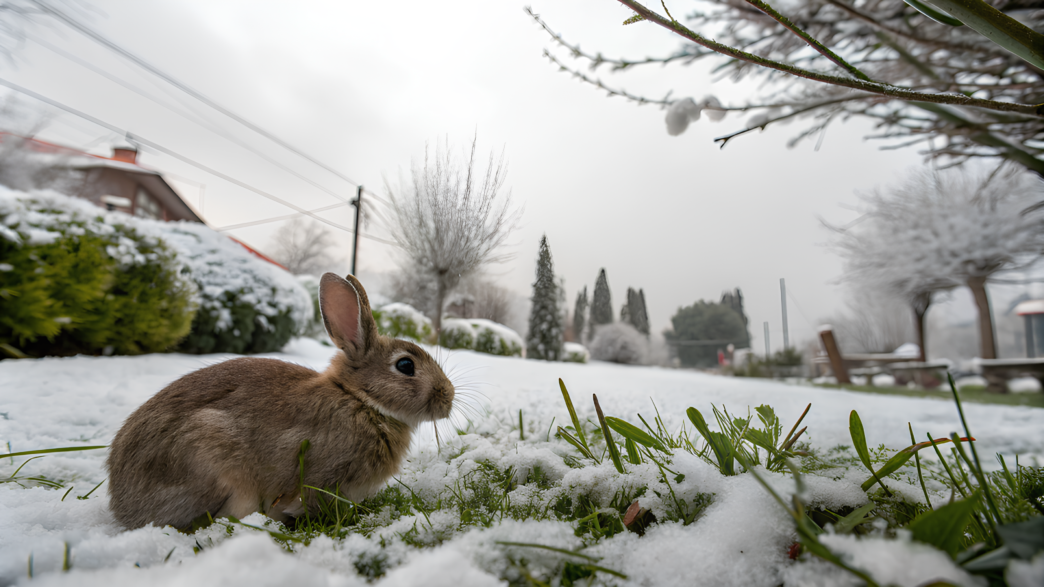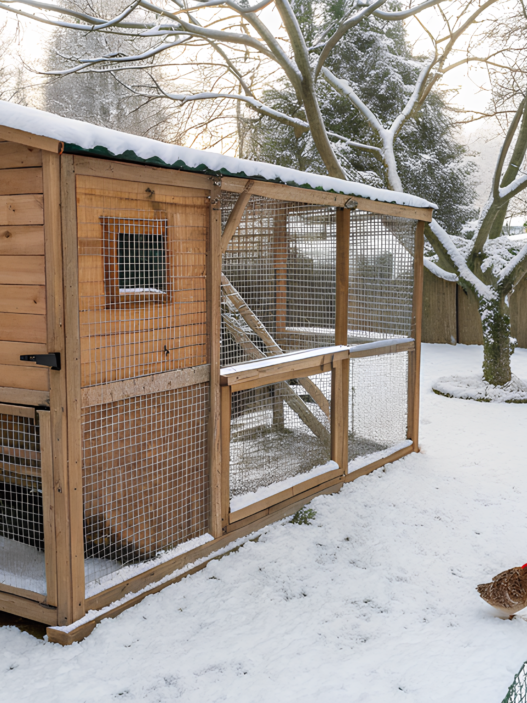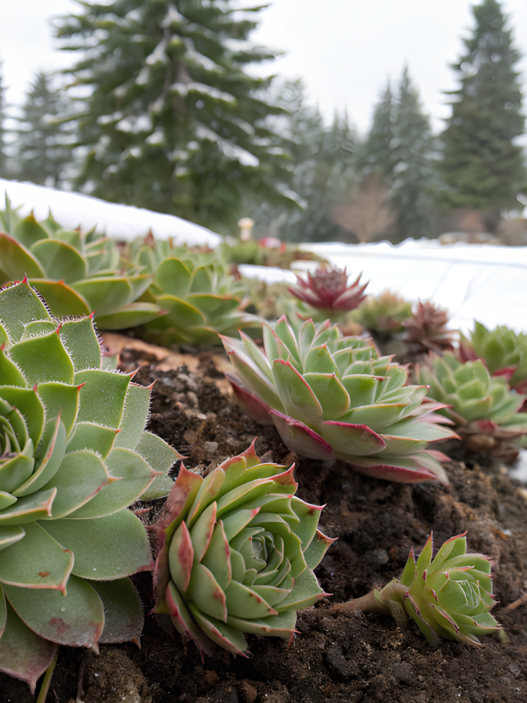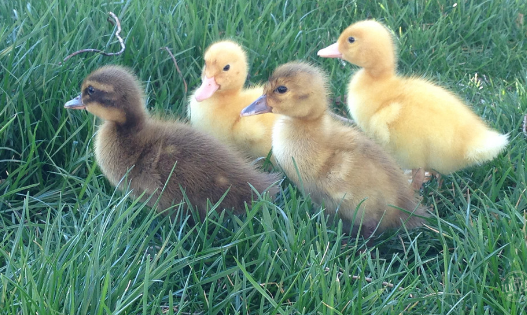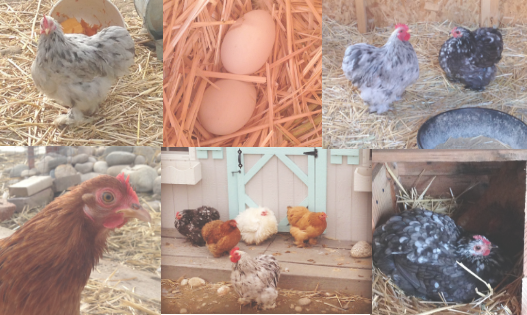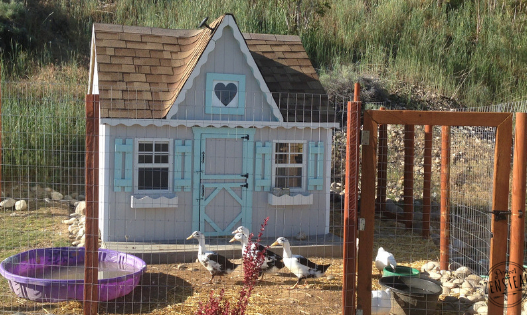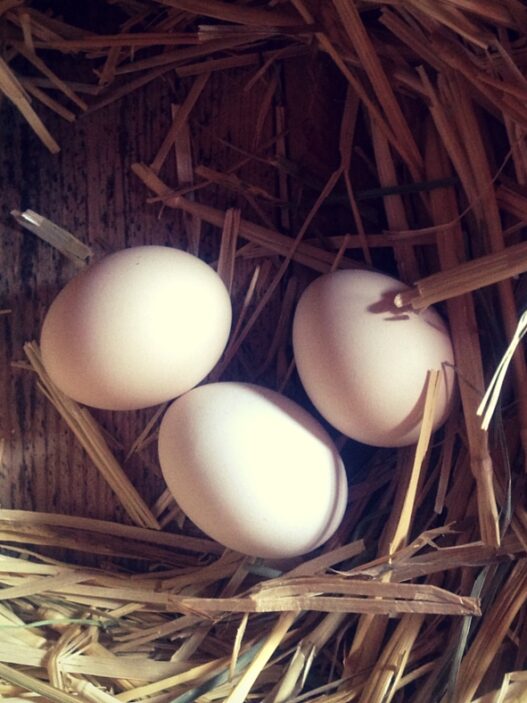Cold weather is coming soon and it can be a real challenge, especially when caring for outdoor animals. And if you’re reading this article, it means you’re wondering how to keep an outdoor rabbit warm in the winter. Let’s break it down in order. Let’s talk about how to arrange shelters and choose the right bedding, choose a dietary regimen and ways to keep the animals healthy. All this is necessary to ensure rabbits comfort and safety in the cold season.
Understanding the needs of outdoor rabbits in winter
Although rabbits are able to adapt to the cold, it is important for us to recognize that severe cold weather can be a serious threat to their health. They are particularly sensitive to temperature fluctuations. Therefore, it is important to prepare a good winter care plan for rabbits. This will protect them from problems such as frostbite or respiratory infections.
1. Creating a suitable shelter
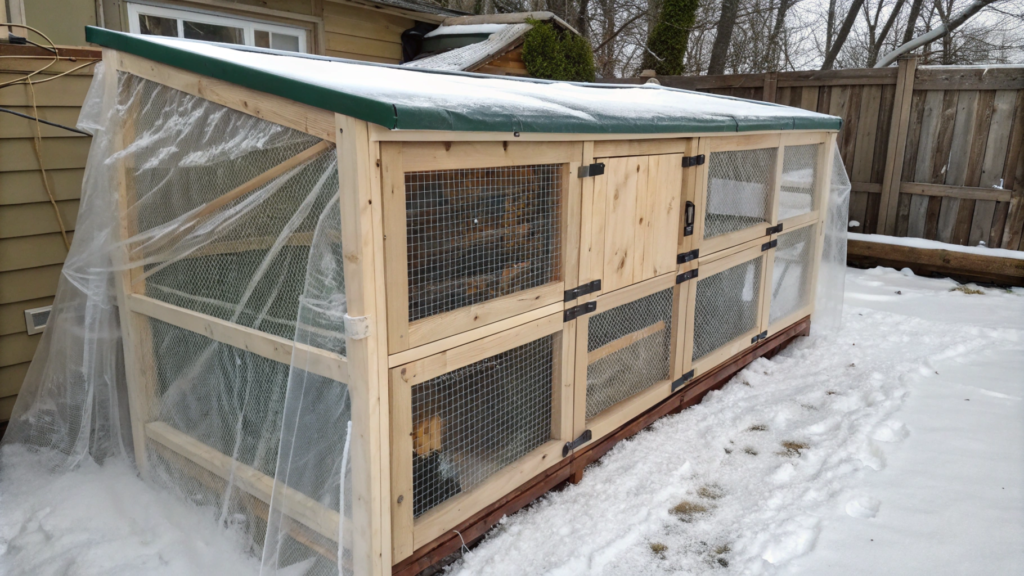
Rabbits need an insulated shelter to keep them warm. It is ideal if the hutch will retain heat, but with ventilation (to avoid moisture buildup).
- Double-layer cages. If you’re building a cage from scratch, consider double walls. The space between the walls creates an extra layer of insulation. If the cage is already finished, a good option is to panel it on the inside with insulation panels for extra warmth.
- Plastic overlays and wind protection. Wrapping the cage in a waterproof covering. This is a reliable way to protect against wind. We use clear plastic sheeting on our cage: it keeps the cold wind out, but still allows light to penetrate.
(Note: Read more about hutch setups for cold weather here.)
2. Choosing the Right Bedding

Bedding comes in many forms and not all are equally effective in keeping rabbits warm. Soft, insulating bedding will create a comfortable environment for your rabbits to live in.
- Straw instead of hay. Straw is an excellent heat-retaining material as it retains heat better than hay. Use a thick layer of straw over the bedding areas. Hay is best used for feeding as it is denser and does not insulate as well.
- Replacing bedding frequently. Wet or compacted bedding can actually make your rabbits feel colder. Wet bedding will conduct heat away from their bodies, so check it daily and change it if necessary.
A constant supply of good straw is a must in winter. One bale will usually last a couple of weeks depending on the number of rabbits you have. Amazon has some great deals on organic straw for animals.
3. Wind protection and proper placement

When you are seriously concerned about how to keep outdoor rabbits warm in winter, the first thing you think about is protection from winter winds. After all, wind can quickly lower the temperature inside the rabbit’s cage.
Use natural barriers. Place the cage near a solid wall, fence, or bush to protect it from strong winds. If there are no natural barriers, then installing a temporary windbreak is a quick and affordable way.
Raise the cage. Placing the cage a few inches off the ground also helps to retain its heat, preventing moisture from penetrating from the ground.
We tried several options on our property in Idaho, but a cage with wind protection allowed our animals to feel great even in harsh winters.
4. Don’t let the water freeze

One of the most challenging tasks in the winter is making sure you have access to water at all times. In cold temperatures, even the most sturdy water bowls can freeze quickly.
- Heated water bowls. A heated bowl is simply indispensable. They are specially designed for animals and prevent water from freezing without overheating it.
- Thermal bottle covers. If a heated bowl is not available, you can use a water bottle warmer. Check the water regularly for ice, as rabbits need fresh water all the time, especially when feeding dry food like hay.
Tip. Put a bowl of water inside the cage, but away from the bedding so the water doesn’t spill. Heat covers can also be found on Amazon.
5. Increase the caloric content of the diet

One way to how to keep outdoor rabbits warm during winter is to increase the caloric content of their diet. After all, rabbits burn more calories in cold weather to keep warm. Adding high-fiber pellets or timothy hay to their diet gives them the energy boost they need to stay warm and alive.
- Helpful treats. In moderation, treats such as oats, carrots or sunflower seeds are a great source of energy. But try to avoid fruits high in sugar, as they can upset digestion.
- A constant supply of hay. Quality hay is essential. Its high fiber content helps keep the digestive system working, which is important for keeping the body warm. Buy hay in bulk – they eat it faster than it looks.
We covered more detailed feeding plans in our article on feeding small animals in winter.
6. Signs of hypothermia and health problems

Winter can be a tough time for rabbits, so it’s important to keep an eye on them and take action at the slightest sign of hypothermia or other health issues…. Pay attention to:
- Shivering. This usually indicates that they are too cold.
- Sluggishness or inactivity. Rabbits tend to bunch up and become less active when they are cold, but a sudden decrease in activity can indicate hypothermia.
- Blue or pale ears. Frostbite often starts with the ears, so watch for changes in color or their softness.
If any of these symptoms appear, take them inside to a warm room and see a veterinarian immediately. Prevention is key, but knowing the signs of disease can be crucial.
(Note: Find more tips on rabbit health here.)
Heating without electricity
Finally, if you’re wondering how to keep outdoor rabbits warm in the winter without heaters, there are some surprisingly effective tricks.
- Heat pads. There are self-contained heat pads that trap body heat and give it back. These pillows are great for rabbits as they keep warm without electricity. Just place one under their straw bedding and the rabbits will love the extra warmth.
- Hot water warmers. A hot water bottle wrapped in a towel can provide gentle warmth. Change it daily and check it before putting it in the cage to make sure it’s warm, but not too hot.
That’s it, I guess. There’s a whole bunch of tips here to make winter an enjoyable time to spend with your pets. Caring for rabbits in winter takes effort, but their happy and healthy appearance will pay for all the effort.What’s your situation, what works best for you? If you have unique tips for keeping outdoor rabbits warm, leave a comment below or share with us on social media. Let’s share our experiences – because caring for our furry friends is important to all of us!
